How to Choose the Right Medium Voltage Current Transformer: MV Bushing CT vs MV CT
The main difference between Medium Voltage Bushing Current Transformer (MV Bushing CT) and Medium Voltage Current Transformer (MV CT) lies in their installation location, structural design, and application scenarios. Below is a detailed comparison:
1. Installation Location
-
MV Bushing CT:
- Installed on the bushing of high-voltage equipment (e.g., transformers, circuit breakers), directly mounted on the conductive part of the bushing.
- Integrated with the bushing, usually built-in or embedded.
-
MV CT:
- Independently installed on the busbar, conductor, or cable in the power system.
- Typically a standalone device, separate from other electrical equipment.
2. Structural Design
-
MV Bushing CT:
- Compact design, directly integrated with the bushing, using the conductive part of the bushing as the primary winding.
- Usually ring-shaped, designed to fit the bushing's shape.
- Suitable for limited space, especially for internal integration in high-voltage equipment.
-
MV CT:
- Independent device, usually column-type or ring-shaped.
- The primary winding is the conductor or busbar passing through the CT, and the secondary winding is connected to the measurement or protection circuit.
- Requires additional mounting brackets or foundations.
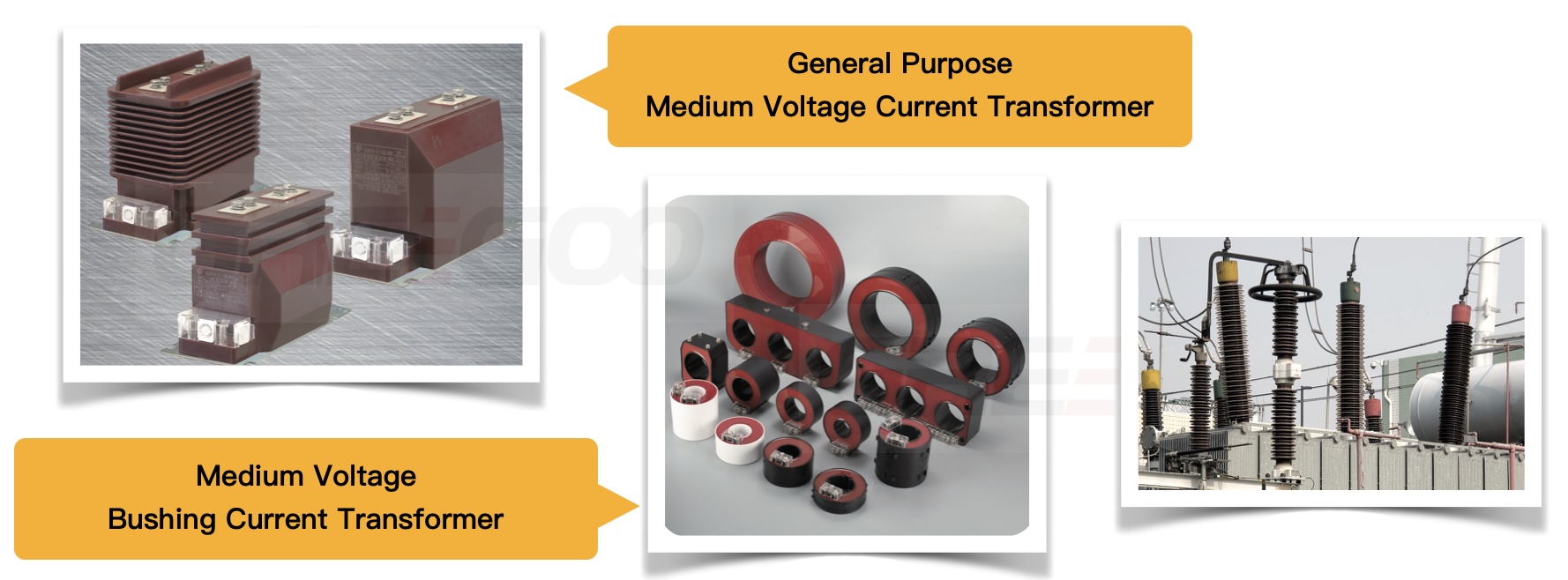
3. Application Scenarios
-
MV Bushing CT:
- Mainly used for current measurement and protection in high-voltage equipment (e.g., transformers, circuit breakers).
- Suitable for space-constrained scenarios, especially where the equipment requires an integrated current transformer.
- Commonly used for relay protection, metering, and monitoring.
-
MV CT:
- Widely used in medium-voltage distribution systems for current measurement, protection, and metering.
- Suitable for installation in switchgear, bus ducts, or cable systems.
- Broader application range, suitable for various standalone electrical equipment.
4. Maintenance and Replacement
-
MV Bushing CT:
- Since it is integrated with the bushing, maintenance and replacement are more complex, usually requiring power shutdown and bushing disassembly.
- Higher replacement cost.
-
MV CT:
- As an independent device, maintenance and replacement are relatively simple.
- Replacement does not require large-scale disassembly of other equipment.
Summary
| Feature | MV Bushing CT | MV CT |
| Installation Location | On the bushing | Independently installed |
| Structural Design | Compact, ring-shaped, integrated with bushing | Standalone device, column or ring-shaped |
| Application Scenarios | Internal high-voltage equipment, space-constrained | Medium-voltage distribution systems, broader application |
| Maintenance and Replacement | Complex, requires bushing disassembly | Simple, independent replacement |
The choice between the two depends mainly on specific application requirements and equipment design. If a current transformer is needed inside high-voltage equipment, a Bushing CT is typically used. For standalone medium-voltage distribution systems, a standard MV CT is more commonly used.
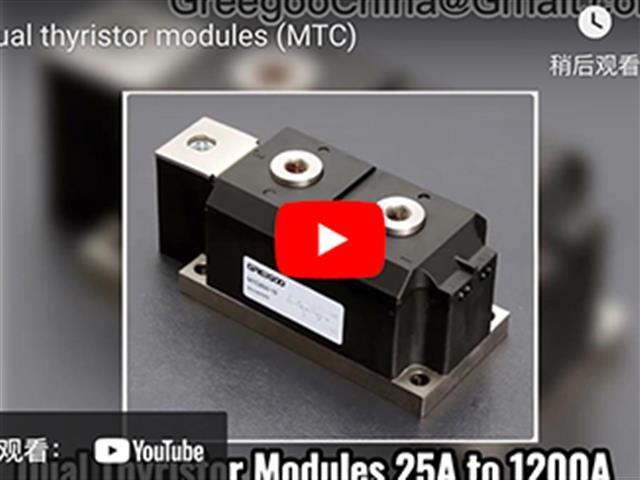
𝑫𝒖𝒂𝒍 𝑻𝒉𝒚𝒓𝒊𝒔𝒕𝒐𝒓 𝑴𝒐𝒅𝒖𝒍𝒆 - 𝑻𝒉𝒚𝒓𝒊𝒔𝒕𝒐𝒓-𝑻𝒉𝒚𝒓𝒊𝒔𝒕𝒐𝒓 𝑴𝒐𝒅𝒖𝒍𝒆 - 𝑷𝒉𝒂𝒔𝒆 𝑪𝒐𝒏𝒕𝒓𝒐𝒍 𝑻𝒉𝒚𝒓𝒊𝒔𝒕𝒐𝒓 𝑴𝒐𝒅𝒖𝒍𝒆 - 𝑺𝑪𝑹 𝑴𝒐𝒅𝒖𝒍𝒆 - 𝑺𝒊𝒏𝒈𝒍𝒆 𝑻𝒉𝒚𝒓𝒊𝒔𝒕𝒐𝒓 𝑴𝒐𝒅𝒖𝒍𝒆
𝑫𝒖𝒂𝒍 𝑻𝒉𝒚𝒓𝒊𝒔𝒕𝒐𝒓 𝑴𝒐𝒅𝒖𝒍𝒆 - 𝑻𝒉𝒚𝒓𝒊𝒔𝒕𝒐𝒓-𝑻𝒉𝒚𝒓𝒊𝒔𝒕𝒐𝒓 𝑴𝒐𝒅𝒖𝒍𝒆 - 𝑷𝒉𝒂𝒔𝒆 𝑪𝒐𝒏𝒕𝒓𝒐𝒍 𝑻𝒉𝒚𝒓𝒊𝒔𝒕𝒐𝒓 𝑴𝒐𝒅𝒖𝒍𝒆 - 𝑺𝑪𝑹 𝑴𝒐𝒅𝒖𝒍𝒆 - 𝑺𝒊𝒏𝒈𝒍𝒆 𝑻𝒉𝒚𝒓𝒊𝒔𝒕𝒐𝒓 𝑴𝒐𝒅𝒖𝒍𝒆
Read More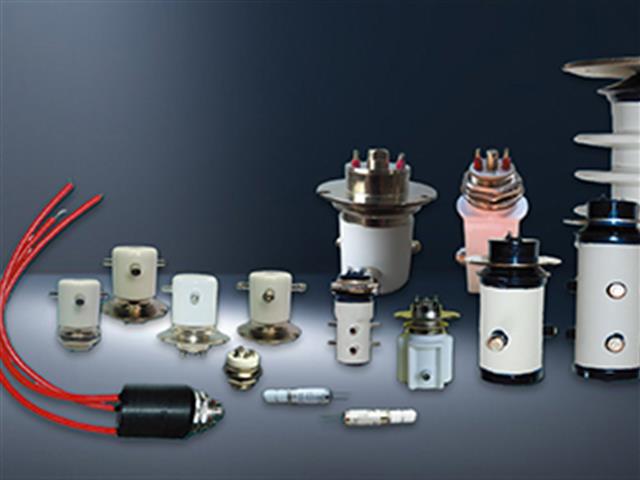
Gas-Filled Relays vs. Vacuum Relays: A Comparison and Application in High Voltage Switching Technology
the difference between gas filled relay and vacuum relay
Read More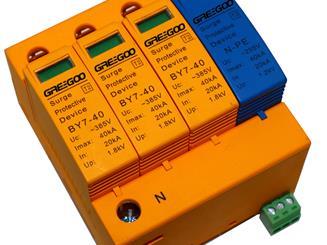
What are the main differences between MOVs and Spark Gaps in SPDs?
An effective surge protection strategy often combines the use of both MOVs and spark gaps, along with other protective devices, to provide comprehensive protection against different levels of power surges.
Read More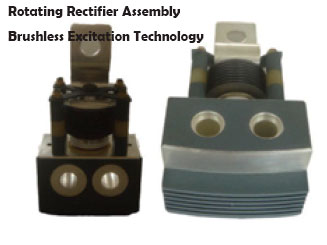
Excitation technology rectifier components for 30-1350MW steam turbine generators
No maintenance of slip rings and carbon brushes, high reliability; There is no pollution of the motor coil caused by carbon powder and copper powder, and the insulation life is long; No friction sparks, suitable for operation in harsh environments.
Read More













